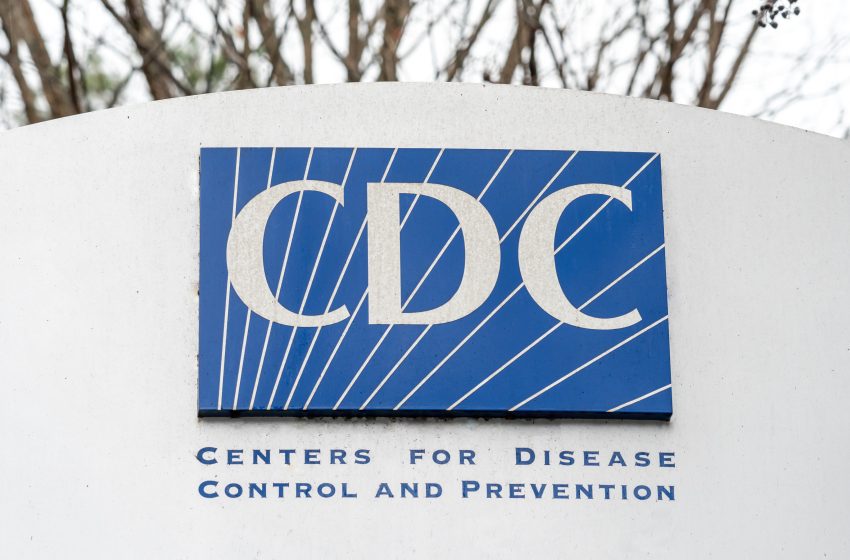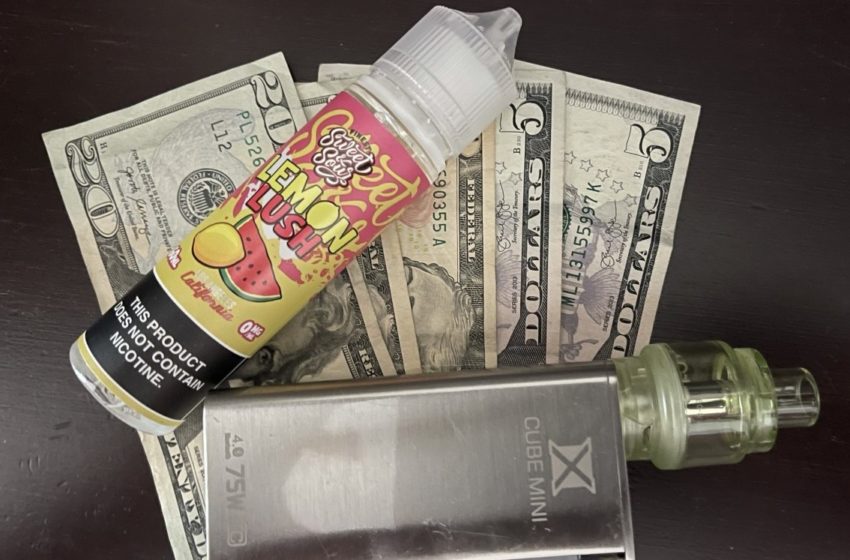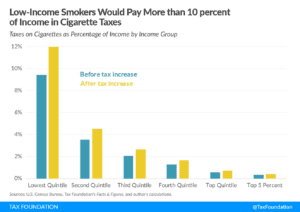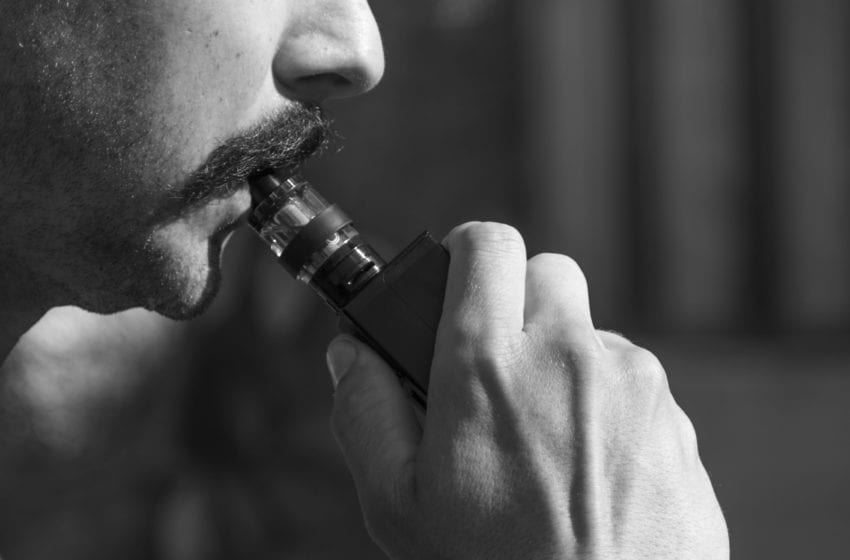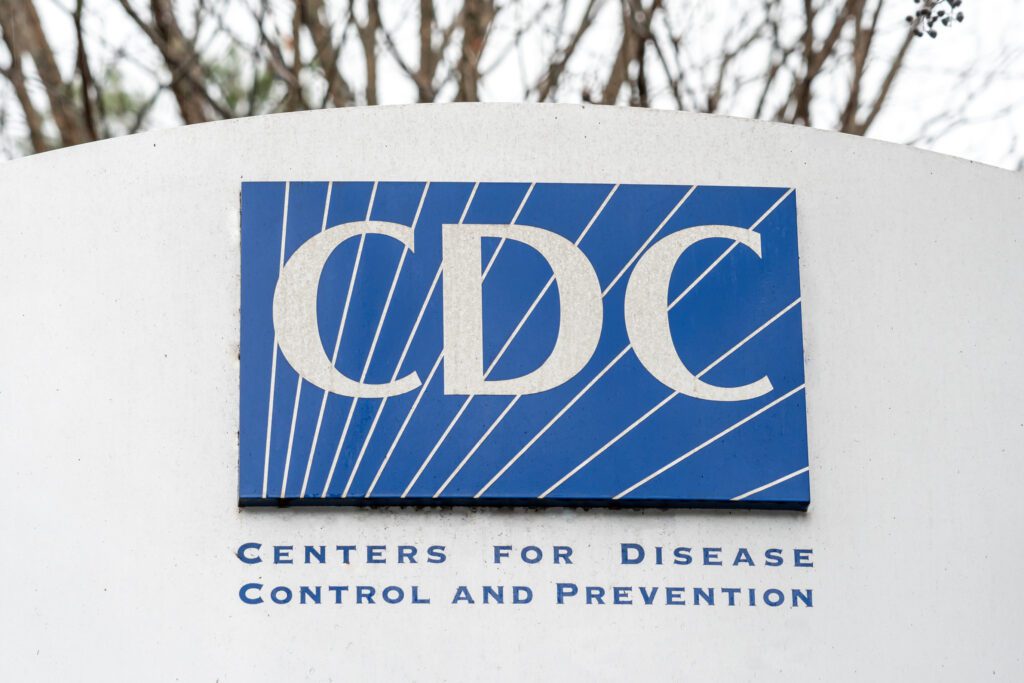
Monthly e-cigarette sales skyrocketed during the first two years of the COVID-19 pandemic, according to a new study published Thursday by the U.S. Centers for Disease Control and Prevention.
“In the United States, the prevalence of e-cigarette use is markedly higher among youths and young adults than it is among adults overall. In 2021, 4.5% of all adults aged ≥18 years (an estimated 11.1 million) and 11.0% of young adults aged 18–24 years (an estimated 3.1 million) currently (≥1 day during the previous 30 days) used e-cigarettes; during 2022, 14.1% of high school students (an estimated 2.14 million) currently used e-cigarettes,” the CDC’s weekly Morbidity and Mortality Weekly Report (MMWR).
However, in 2020, the U.S. Census Bureau counted 331.4 million people living in the United States; more than three-quarters (77.9 percent) or 258.3 million were adults aged 18 years or older and 30 million (of the 258.3 million) were aged 18-24. The Annie E. Casey Foundation confirms the CDC data. In 2019, 15.3 million students enrolled in high school (9th to 12th grade). Many U.S. high school students turn 18 before graduating high school, as well.
Major media outlets such as ABC News are now reporting that “the CDC noted in its report that e-cigarette use is more common among young people than adults overall” even though the statement is misleading at best.
The agency also states that e-cigarette sales boomed in 2020. Between January 2020 and December 2022, monthly unit sales increased by 46.6 percent, from 15.5 million units to 22.7 million units, the study found. Studies have also shown that combustible cigarette sales plummeted during the same time period.
Researchers found the surge in vape sales was mostly driven by disposable e-cigarettes in flavors, including fruit and candy, which are popular among youth and young adult users, and several studies have found they are also preferred by adults who have quit combustible cigarettes..
Additionally, while the share of pre-filled e-cigarette cartridges decreased from 75.2 percent to 48 percent of total sales, the share of disposable e-cigarette units increased from 24.7 percent to 51.8 percent of total sales.
The study found this may be due to an announcement the U.S. Food and Drug Administration made in January 2020 that prioritized enforcement against prefilled cartridges in flavors other than tobacco and menthol.
Disposable vaping products were the first e-cigarettes to be distributed broadly across the U.S. After winning a landmark lawsuit against the FDA in 2010, the Njoy King became the bestselling e-cigarette on the market after just a few years.
By 2017, pod systems became more popular as battery technology improved. It was easy to switch between flavors, and the rechargeable battery lowered the cost of products for consumers compared to disposable devices.
Open systems were popular too, but pods were easier and cleaner without the chance of spilling e-liquid everywhere. The versatility of pod systems helped vaping become more mainstream.
Then in January of 2020, the FDA created an unnecessary problem. The regulatory agency stepped in under the guise of a youth vaping “epidemic” and banned the sale of all flavored (except tobacco and menthol) pod-style vaping products.
Today, disposable vapes are the best-selling e-cigarettes, and millions are disposed of improperly every year, according to industry data.

